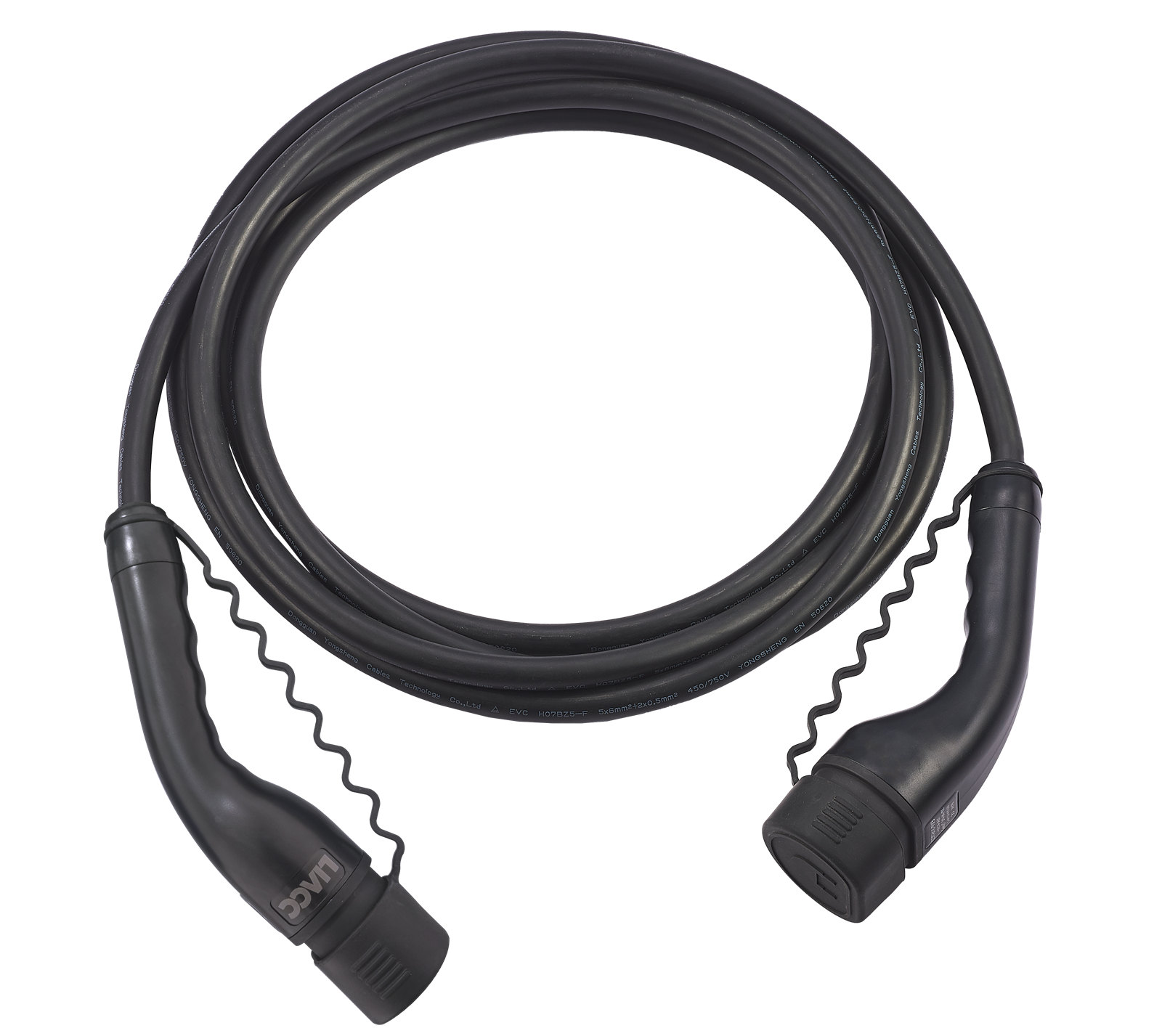EV Charging Cable: The Key to Efficient Electric Vehicle Charging
2025-04-10
As electric vehicles (EVs) continue to gain popularity around the world, one essential component in their everyday use often goes overlooked: the EV charging cable. Whether you’re charging your vehicle at home or at a public charging station, the cable plays a critical role in ensuring that your electric car gets the power it needs to keep running. Understanding the different types of EV charging cables, how they work, and how to choose the right one can make your EV experience much smoother and more efficient.
What Is an EV Charging Cable?
An EV charging cable is a vital accessory used to connect an electric vehicle to a power source, such as a wall box or public charging station. It allows electricity to flow from the power supply to the vehicle’s battery, facilitating the charging process. The charging cable is typically equipped with connectors on both ends — one end connects to the vehicle, and the other to the charging station or outlet.
There are two primary types of EV charging cables: Type 1 and Type 2, each corresponding to different plug standards used in various regions. Type 1 is mainly used in North America and Japan, while Type 2 is common in Europe and many other parts of the world.
How Do EV Charging Cables Work?
The basic function of an EV charging cable is simple: it transmits electrical power from the charging source to the EV. However, the process involves several important factors that contribute to the safe and efficient transfer of energy:
1. Voltage and Current: EV charging cables are designed to carry high-voltage electrical current. The amount of power delivered depends on the specific cable, as well as the charging station. Different cables can support various levels of current, which impacts how fast your vehicle charges.
2. Communication Protocol: Modern EV charging cables are equipped with communication systems that allow the cable to communicate with both the EV and the charging station. This ensures the charging process is safe and that the vehicle’s battery is charged appropriately.
3. Safety Features: High-quality EV charging cables include safety features such as temperature monitoring and overcurrent protection, which prevent overheating and potential damage to the vehicle’s battery or the charging equipment.
Types of EV Charging Cables
When it comes to selecting the right EV charging cable, there are several factors to consider, including the type of charging station, the vehicle’s compatibility, and the desired charging speed.
1. Level 1 Charging Cable
Level 1 charging cables are typically the standard home charging cables that come with most EVs. They are designed for use with standard 120V outlets. While they offer the convenience of charging at home, they charge at a slower rate, usually taking overnight to fully charge a vehicle. Level 1 cables are ideal for drivers who don’t need to charge their vehicle quickly and prefer the convenience of charging overnight.
2. Level 2 Charging Cable
Level 2 charging cables are faster and more efficient. These cables are used with 240V outlets, which are commonly found in residential garages or public charging stations. With a Level 2 charger, you can expect a faster charge, usually in just a few hours, depending on the battery size of your EV. Many EV owners choose to install a Level 2 charging station at home for quicker charging.
3. DC Fast Charging Cable
For drivers who need a very quick charge, DC fast chargers (also known as Level 3 chargers) provide the fastest charging speeds. These are typically used at public charging stations and can charge an EV to 80% in less than 30 minutes. However, not all vehicles are compatible with DC fast charging, and these cables are more specialized than standard AC charging cables.
Choosing the Right EV Charging Cable
When selecting an EV charging cable, several factors should be considered to ensure that the cable is compatible with both the charging station and your vehicle. Here are some key factors to consider:
- Connector Type: Make sure the cable connector matches the port on your vehicle. Type 1 connectors are typically found in North American and Japanese EVs, while Type 2 connectors are standard in European and many international vehicles.
- Charging Speed: If you need a quicker charge, opt for a Level 2 or DC fast-charging cable. For home use with a slower, overnight charge, a Level 1 cable may be sufficient.
- Cable Length: The length of the cable can vary, so choose one that allows you to comfortably connect to your vehicle from the available charging outlet. A longer cable might be more convenient for public charging stations or home garages with distant outlets.
- Weather Resistance: If you plan to use your cable outdoors, make sure it is designed to withstand varying weather conditions. Many EV charging cables are built to be weatherproof and resistant to UV rays, rain, and temperature fluctuations.
Conclusion
The EV charging cable is an essential part of the electric vehicle ecosystem. It ensures that your car remains charged and ready for your next journey. Whether you're charging at home or at a public station, understanding the different types of charging cables and choosing the right one for your needs can greatly enhance your EV ownership experience. With the right cable, you’ll enjoy a hassle-free, efficient, and sustainable charging process that keeps your vehicle powered and ready for the road.



